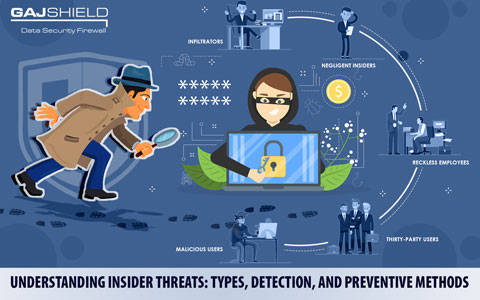
As the name suggests, organisational insider threats are the cybersecurity hazards caused, intentionally or unintentionally, by persons (employees, business partners or other internal stakeholders) related to an organisation. There can be several reasons for internal stakeholders to turn into threats for an organisation: Using company data for fraudulent financial gains,

Many data security experts believe that the number of state-sponsored cyber-attacks will continue to rise in the near future. Big organisations in any country represent the most attractive and vulnerable targets for state-sponsored cybercriminals. Such organisations' data security measures are no match for the tools and techniques used by the criminals to break into their databases.

Schools and universities are soft targets for cybercriminals everywhere. Generally, educational institutes do not spend a lot of money or efforts on the cybersecurity of their digital databases and networks. As a result, even a semi-accomplished hacker can remotely access a school or college’s surveillance systems to spy on the students,

Malvertising is a type of cyber-attack that involves the inclusion of malware code in advertisements featured on popular websites. In the recent past, websites of renowned organizations such as Hindustan Times, Spotify, and the London Stock Exchange have been targeted by cybercriminals through malicious advertisement links.
Get In Touch With Us
Subscribe to our Newsletter
2025 © GajShield Infotech (I) Pvt. Ltd. All rights reserved.
